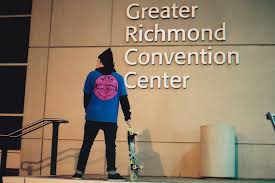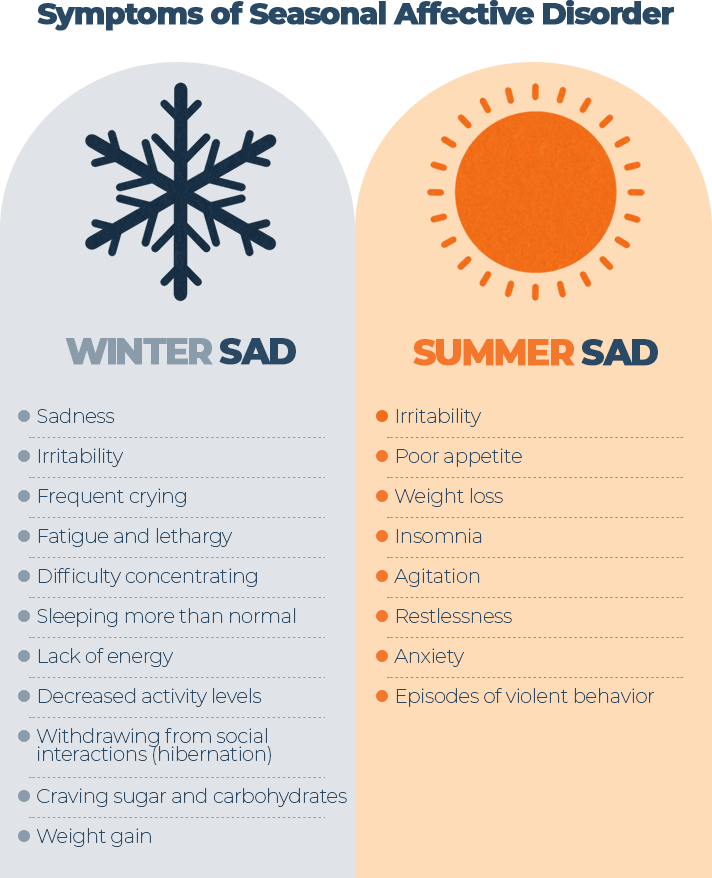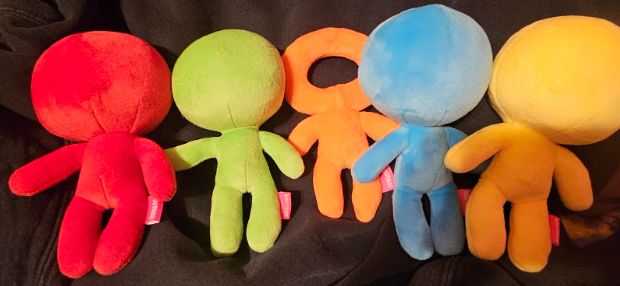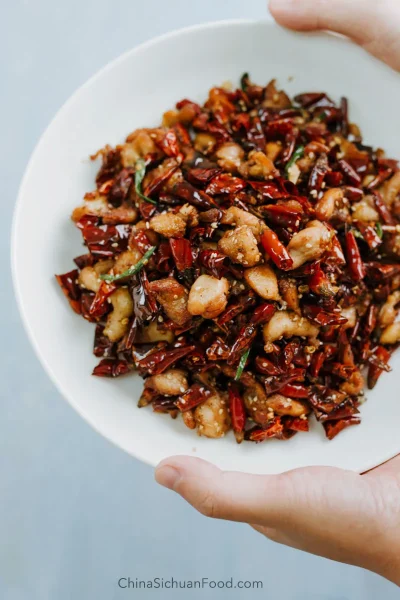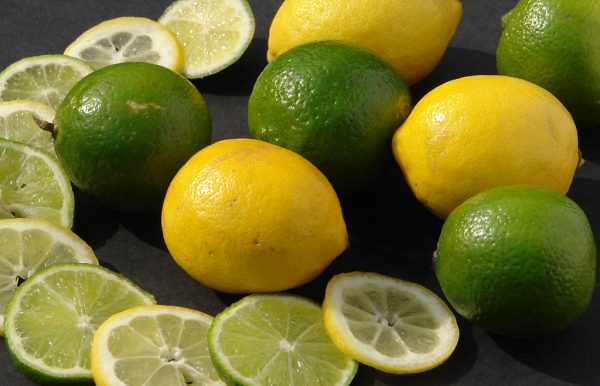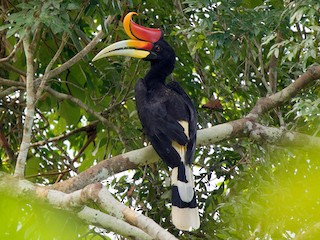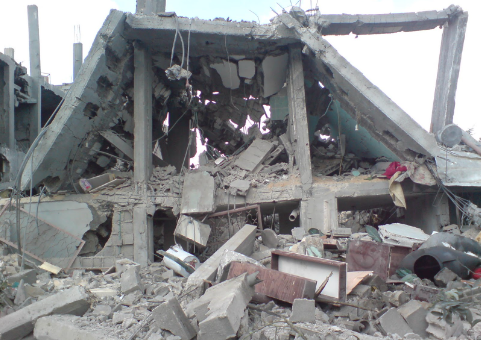Mexican authorities have been waging a deadly battle against drug cartels for over a decade, but unfortunately, without success. Thousands, including politicians, students, infants, and journalists, die every year in Mexico. The country has had over 360,000 homicides since 2006, which is the date the government declared war on the cartel. The United States has taken notice of these events and has very closely partnered with Mexico, providing them with billions of dollars to modernize its security, and judicial system, and fund development projects to curb migration at Mexico’s southern border.
Mexican drug trafficking organizations DTOs sometimes referred to as transnational criminal organizations dominate the import and distribution of cocaine, fentanyl, heroin, marijuana, and methamphetamine in the United States. Mexican suppliers are responsible for most heroin and methamphetamine production, while cocaine is largely produced in Colombia and then transported to the United States by Mexican criminal organizations. Mexico, along with China, is also a leading source of fentanyl, a synthetic opioid up to fifty times more potent than heroin. The amount of fentanyl seized by Mexican authorities nearly quintupled the amount seized between 2019 and 2020.
Mexico’s drug cartels are in a constant state of flux. Over the decades, they have grown, splintered, forged new alliances, and battled one another for territory. The cartels that pose the most significant drug trafficking threat (PDF) to the United States, according to the United States Drug Administration (DEA) are Sinaloa Cartel. Formerly led by Joaquín “El Chapo” Guzmán, Sinaloa is one of Mexico’s oldest and most influential drug trafficking groups. With strongholds in nearly half of Mexico’s states, particularly those along the Pacific coast in the northwest and near the country’s southern and northern borders and operations in as many as fifty countries, it has a larger international footprint than any of its Mexican rivals. In 2017, Mexican authorities extradited Guzman to the United States, where he is serving a life sentence for multiple drug-related charges. In 2021, U.S. President Joe Biden imposed sanctions on eight members of the group, which is now led by Ismael Zambada García and El Chapo’s sons, known as “Los Chapitos.”
The Sinaloa Cartel, often considered the largest and most powerful drug trafficking organization in the Western Hemisphere, is a network of some of Mexico’s most important drug lords. Members work together to protect themselves. The cartel and drug trafficking issue in Mexico is a serious problem, and the people of Mexico live in constant fear of these members. People need to spread awareness.











